‘American Apartheid’ was Jack Whitten’s description of his painful origins. He came from Bessemer, a thoroughly segregated steel community outside Birmingham, Alabama. As a child, he enjoyed reading. As an African-American child, he was barred from entering the public library. To compress a life-story worth a novel: by 1959, at age 20, Whitten was in New York, soon to enroll in Cooper Union. In his new environment – a shock to him, an awakening – he could converse as an equal with whites who shared his interests. The Abstract Expressionist Norman Lewis, a black man, befriended and mentored him; and so did Willem de Kooning, a white man. Whitten continued to experience a racial divide, but art allowed him to bridge it.
When I first visited Whitten’s studio in Queens, New York, evidence of remarkable manual skill and technical ingenuity struck me. Whitten was generating unique varieties of paint and fashioning curious objects of wood and metal. From beginning to end, every feature of his art was a product of his own hand, built to his demanding specifications and refinements. He was operating a scientific laboratory, a factory, and an art studio, all in one. He explained to me that when you grow up in a community denied the resources of the surrounding society, you become utterly self-sufficient; you learn to repair automobiles, to build furniture, to tailor a suit. Because you cannot assume you will be treated with respect and decency, you also become a wary judge of human character.
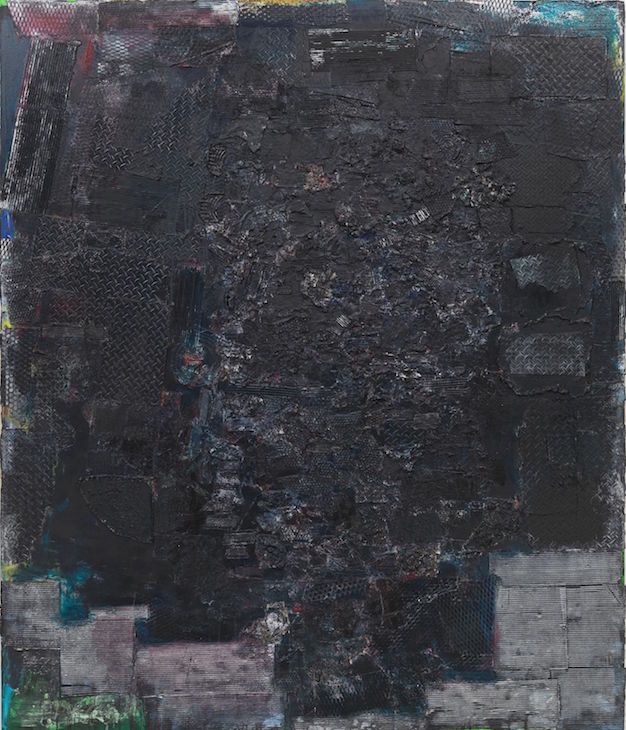
Black Monolith I, A Tribute to James Baldwin (1988), Jack Whitten. Photo: Genevieve Hanson; courtesy the artist and Hauser & Wirth; © Jack Whitten
Through experience that could fill several lifetimes, Whitten developed an instinct for the potential of physical materials as well as for the moral compass of people he encountered. Drawing from his deep reservoir of human feeling, he expressed the spirit or soul of both people and things. His attitude verged on pantheism, or perhaps animism. Whitten believed in a universal life-force, yes; but, empiricist to the core, he turned to quantum physics and biochemistry to justify his position, not religion or mysticism. Informed by advanced scientific theory as well as ancient mythology, he relied ultimately on instinct. During annual summers in Crete, he hunted octopus underwater, with an understanding that was animal to animal. Combining aesthetic and moral instinct, he created his Black Monoliths, acrylic abstractions projecting the souls of his cultural heroes, the likes of James Baldwin, John Coltrane, and Barbara Jordan.
To become familiar with Whitten’s art is to realise that the terms ‘spirit’ and ‘soul’ need no foundation in religion, nor need they reduce to literary metaphors. Whitten gave soul a visual presence, a reality. He constructed his later works, many of them grand in scale, by accumulating small units of cast acrylic paint, often translucent, and organising them like the tesserae of ancient Mediterranean mosaics. He canted the units slightly, so they absorbed light from multiple directions and reflected it back in expanding waves of luminescence. His method expressed – or perhaps liberated – the soul of the material, of the colour, of the light. He did not depict something that possessed soul; rather, he established soul itself within the matter of his painting.
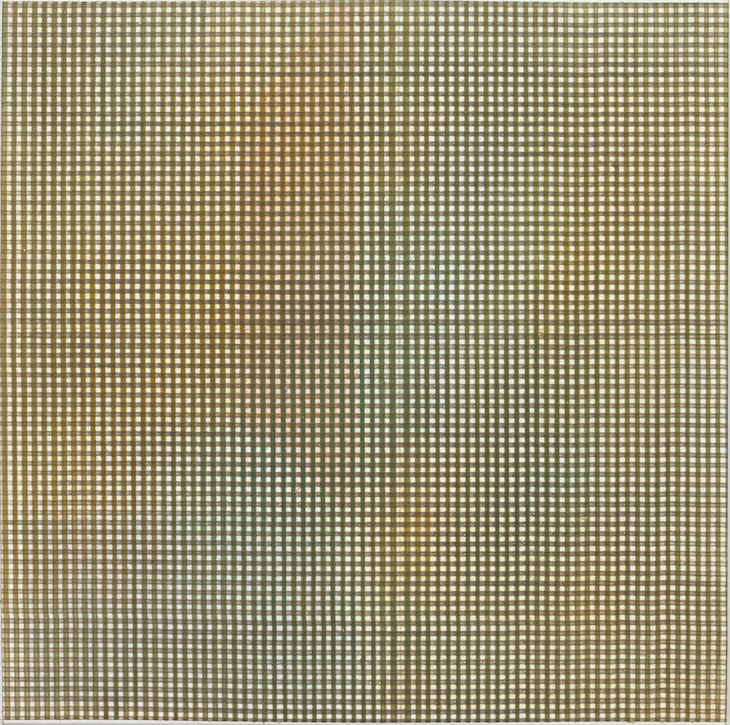
DNA XII (1979), Jack Whitten. Photo: Genevieve Hanson; courtesy the artist and Hauser & Wirth; © Jack Whitten
Whitten’s practice followed a principle he articulated in 1979: ‘For this technological age, abstraction is the language.’ He pursued the soul of the technology that dominated his visual environment – photography. If modern technologies of communication code all human knowledge, in turn, Whitten believed, art should strive to show how the coding operates. Visual coding was largely photomechanical and photoelectronic. During the 1970s, while many painters from Chuck Close to Gerhard Richter investigated photography by deconstructing its imagery (its product), Whitten instead deconstructed the photographic process. In two series titled Greek Alphabets and DNA, he revealed – or in photographic terms, ‘developed’ – imagery previously established beneath an acrylic coating. By combing through the wet acrylic surface – the split-second movement of his ‘developer’ – Whitten exposed the nature of the graphic imagery. More significantly, he demonstrated the capacity of a photographic raster to organise the appearance of imagery, since both image and raster remained visible in Whitten’s manipulated paint. With a single sweeping movement, he opened photography’s black box.
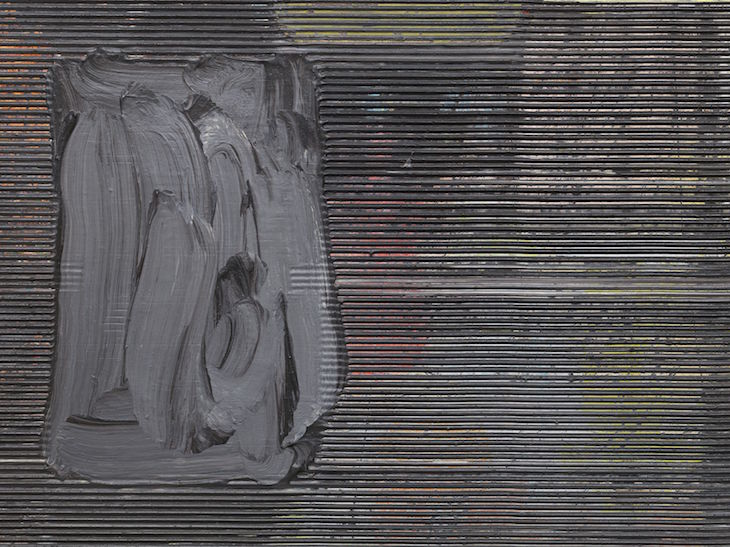
Confirmation I Happy Birthday Mary (detail; 1979), Jack Whitten. Photo: Genevieve Hanson; courtesy the artist and Hauser & Wirth; © Jack Whitten
As a public speaker, Whitten was riveting, whether addressing art or apartheid. He radiated moral authority without claiming that it was his. When I questioned him about the obstacles he had faced as a black American, he tempered the shocking account of his early years with humour. He was able to laugh at the illogic of the segregationist attempt to channel human lives. Along with many others, he had refused to be channelled. Whitten also recognised that negativity and bitterness in response would have destroyed his emotional well-being and incapacitated his art.
To meet Jack Whitten was to admire him and learn from his example, aesthetic and moral. His humanity exercised a gravitational pull. In his studio, I witnessed an art revolution in progress. In his presence, I encountered extraordinary wisdom.
Unlimited access from just $16 every 3 months
Subscribe to get unlimited and exclusive access to the top art stories, interviews and exhibition reviews.

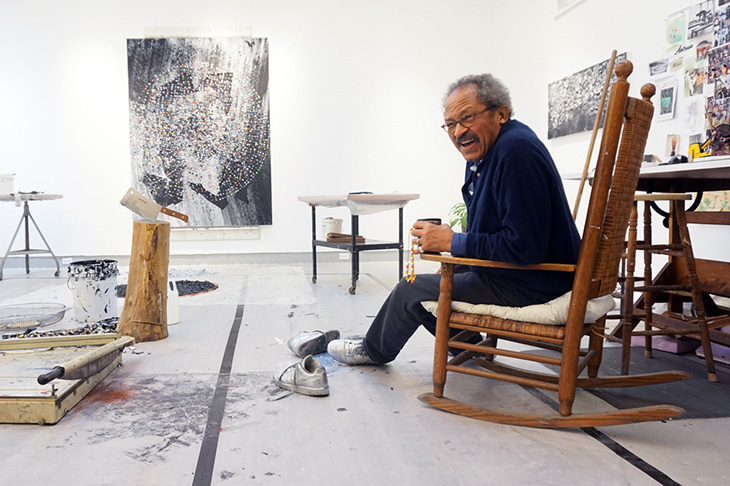
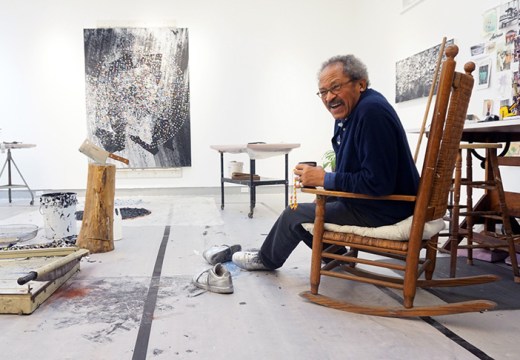
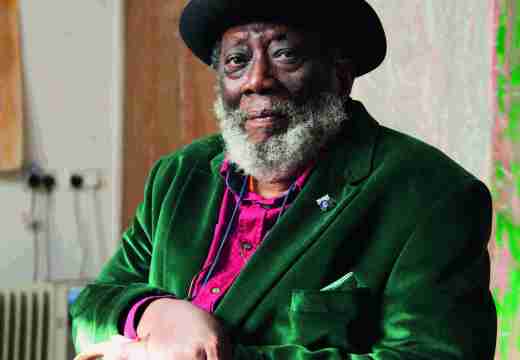










![Masterpiece [Re]discovery 2022. Photo: Ben Fisher Photography, courtesy of Masterpiece London](http://www.apollo-magazine.com/wp-content/uploads/2022/07/MPL2022_4263.jpg)
Why are fathers so absent from art history?